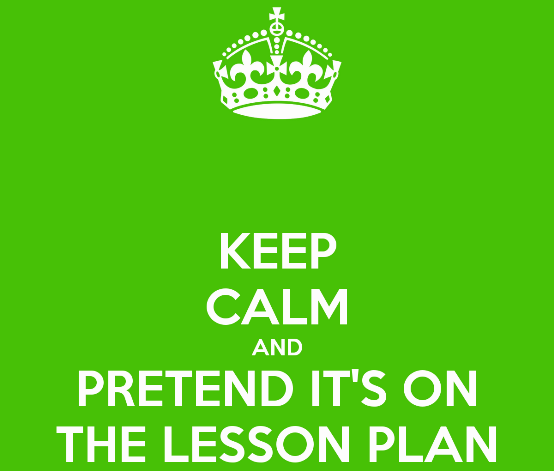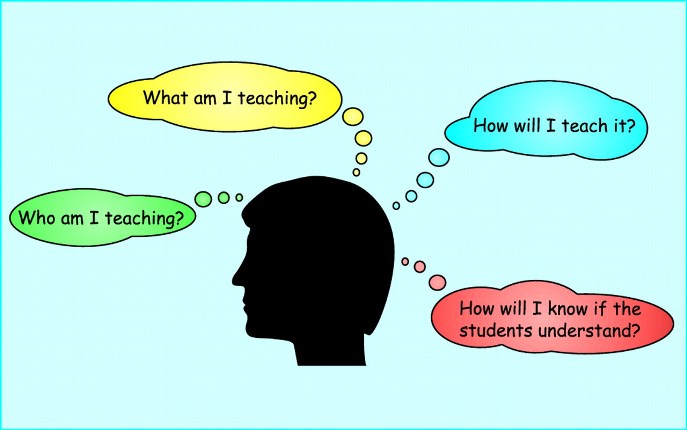Janelle Cox considers that a Lesson Plan or Teaching Unit is:
«a detailed guide for teaching a lesson. It’s a step-by-step guide that outlines the teacher’s objectives for what the students will accomplish that day».
Creating a Lesson Plan involves setting goals, developing activities, and determining the materials that will be used.
For Lily Jones it’s helpful to include a few essential components:
- Objective/learning goal: What will students learn through this lesson?
- Time: Estimate how long each part of the lesson will take.
- Differentiation strategies: How will you support students who need extra help and students who need an extra challenge?
- Sequence: Describe what will happen during each part of the lesson.
- Assessment: how will you know what students have learned?
Bonnie P. Murray estimates that even if you had plenty of practice writing lessons during your teacher training, it’s hard to be prepared for the avalanche of lesson planning you’ll have to do once your first year of teaching begins.
To rev up the learning curve, here are eight questions to “think aloud” as you prepare lessons. The answers will help you create high-quality, on-target plans.
At the beginning of the year, you’ll probably refer to the questions frequently, but after several months of planning, you’ll be a whiz. The process will become automatic!
Eight Questions to “Think Aloud” as You Prepare Lessons
- Students: What are the academic, social, physical, personal, and emotional needs of my students?
- Strategies: Which teaching strategies will best facilitate my students’ learning?
- Grouping: Should I group heterogeneously or homogeneously? What size should my groups be?
- Timing: When is the best time to do this lesson? Are there prerequisites my students should have mastered?
- Materials: What materials and human resources do I need for the lesson to be successful?
- Success: Was the lesson successful? Were my students interested? Did my students learn? What didn’t work? What will I do differently next time?
- Sequence: What can I do next to build upon this lesson? How can I make it flow?
- Rationale: What is the reason for doing this? What objectives will be accomplished?
The Secrets of Daily Lesson Planning
Your daily lesson plans should detail the specific activities and content you will teach during a particular week. They usually include:
- Lesson objectives.
- Procedures for delivering instruction.
- Methods of assessing your students.
- Student groupings.
- Materials needed to carry out the lesson plan.
For Janelle Cox the benefits of designing a Lesson Plan are:
- Helps you to stay on track.
- Helps to prepare for every step of the lesson.
- Provides guidance for a substitute.
- Helps you save time in the future (if you recycle your lessons).
- Helps you achieve your objectives.
- Helps to think in an organized manner.
- Inspires to improve future lessons.
Components of a Lesson Plan
The easiest way to create a Lesson Plan (Cox) is to use a Lesson Plan template. This will help you stay prepared and organized.
- Objectives and Goals.
- Anticipatory Set.
- Direct Instruction.
- Guided Practice.
- Closure.
- Independent Practice.
- Required Materials.
- Assessment.






